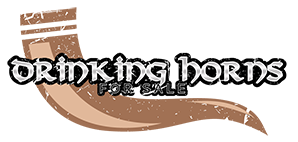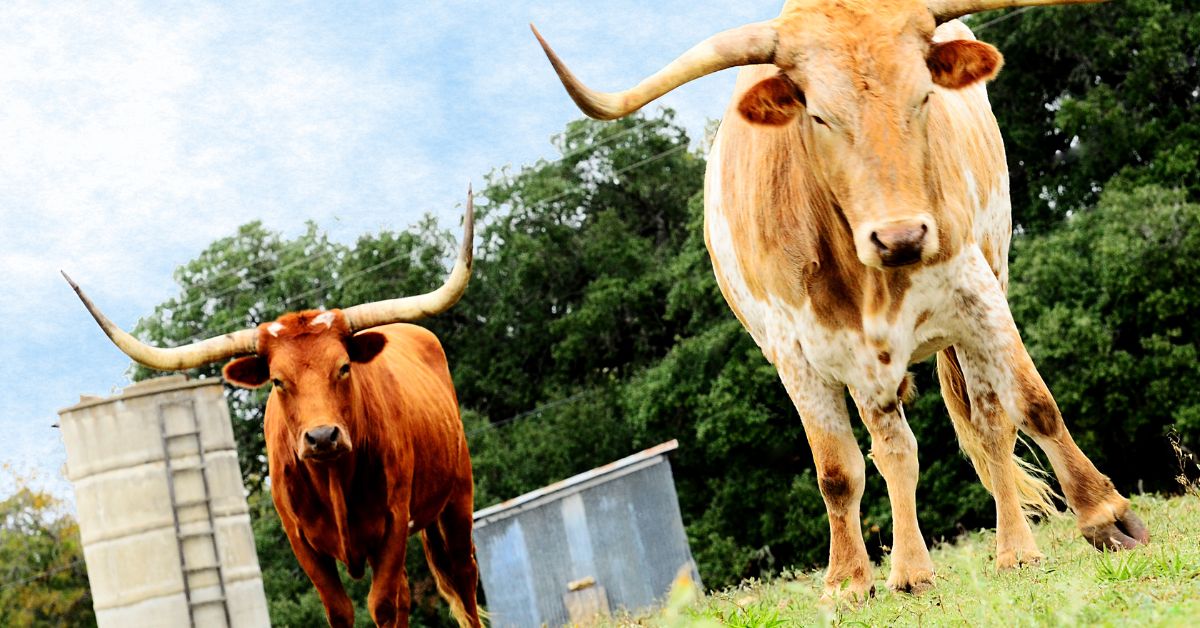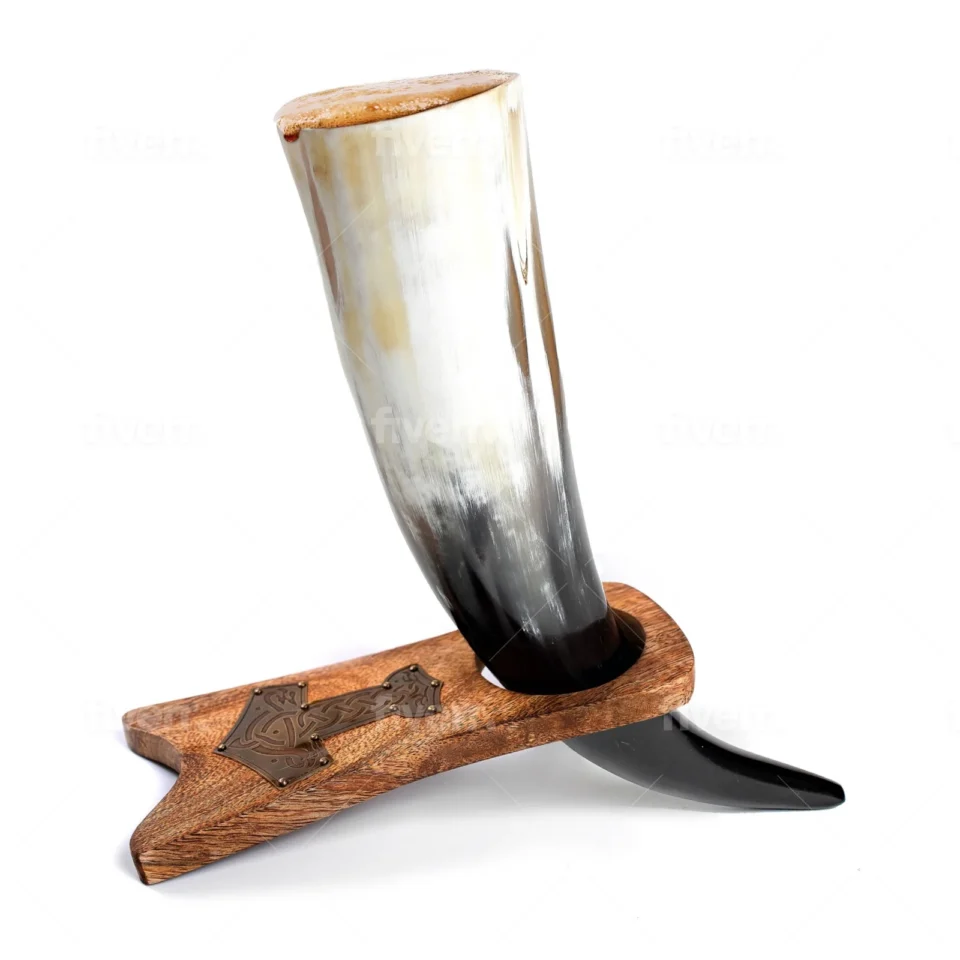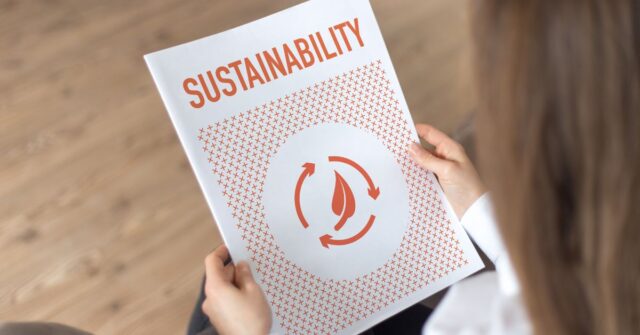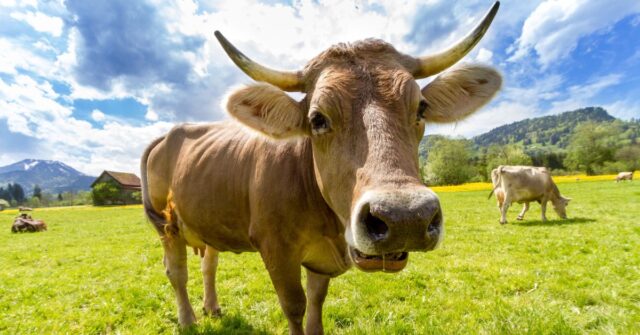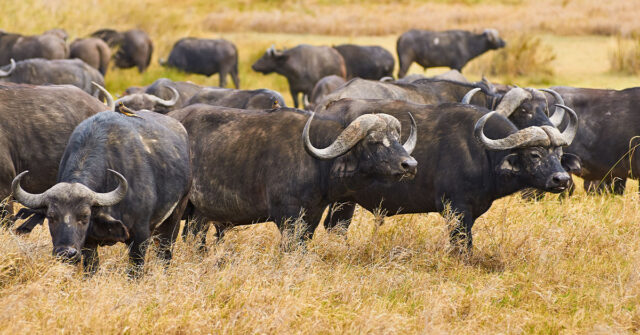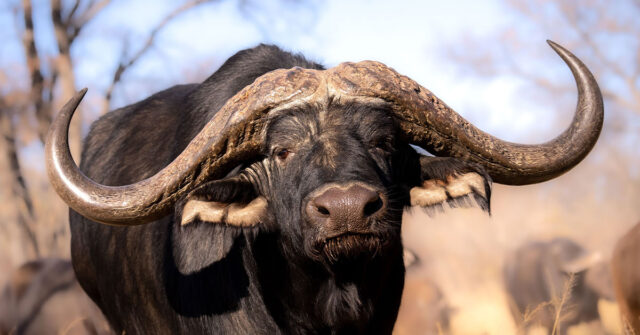Drinking horns, a historic emblem from medieval times, continue to captivate enthusiasts of history and culture.
This post delves into the environmental ramifications of their production, illuminating the often-overlooked ecological impacts of this ancient craft.
Introduction
The introduction provides a foundation for understanding the significance of drinking horns and the necessity of evaluating their production impacts.
Overview of Drinking Horns
Drinking horns are traditionally crafted from the horns of bovines and other large animals.
These vessels have served various ceremonial and everyday purposes throughout history, particularly in cultures of Northern Europe during the Viking Age.
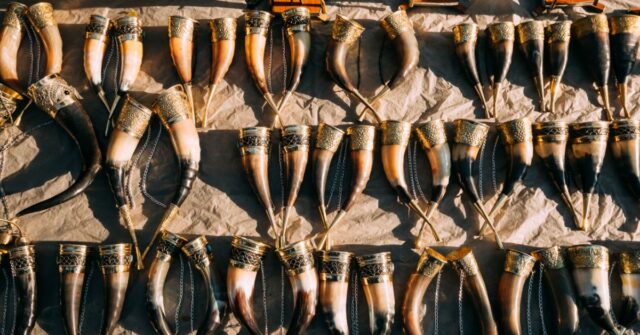
Purpose of This Blog Post
This analysis aims to uncover the environmental footprint of drinking horn production, exploring both traditional methods and modern adaptations.
We will examine how this niche craft intersects with contemporary environmental concerns.
The History of Drinking Horns
Let’s delve into the rich history of drinking horns, tracing their origins and exploring their evolution over time.
Origins and Cultural Significance
Originating from the Neolithic period, drinking horns have been found in archaeological sites worldwide, signifying their global cultural importance.
They were particularly prized during the medieval era, often intricately decorated and used by the elite in society.
Evolution of Production Techniques
While early drinking horns were simple and utilitarian, over centuries, their production evolved into an art form, incorporating metals and precious stones.
This evolution reflects changes in both technological advances and aesthetic preferences.
Sources and Materials Used in Drinking Horn Production
Examining the materials involved in making drinking horns reveals much about their environmental implications.
Types of Horns Used
The primary materials for drinking horns are the horns of cattle, buffalo, and occasionally exotic animals such as rhinoceroses.
Each source carries distinct environmental considerations, particularly concerning wildlife conservation.

Geographical Sources of Materials
Most horn materials are sourced from domesticated animals in agriculture, though some are collected from wild populations, posing different environmental and ethical challenges.
Environmental Impact Assessment
An in-depth look at how producing drinking horns affects natural ecosystems and biodiversity is essential for understanding the broader environmental context.
Impact on Wildlife
The use of wild animal horns, albeit rare, can threaten vulnerable species and disrupt local ecosystems. Conservation efforts must balance these practices with sustainable management of wildlife populations.
Carbon Footprint of Production Processes
Producing drinking horns involves various processes, each contributing to its carbon footprint, from the energy used in crafting to the transportation of materials.
Water Usage and Pollution
The production process for drinking horns can require significant amounts of water, particularly in the cleaning and finishing stages.
Additionally, chemical pollutants may result from dyeing and sealing the horns.
Waste Management and Recycling Practices
Efficient waste management systems are crucial to minimizing the environmental impact. This includes the recycling of offcuts and by-products, as well as the safe disposal of chemicals.
Production Techniques and Their Environmental Footprint
This section compares the environmental footprints of traditional and contemporary horn crafting methods.
Traditional vs. Modern Techniques
Traditional methods were often more sustainable, utilizing local materials and manual techniques. Modern production, however, can either enhance or degrade sustainability, depending on the practices adopted.
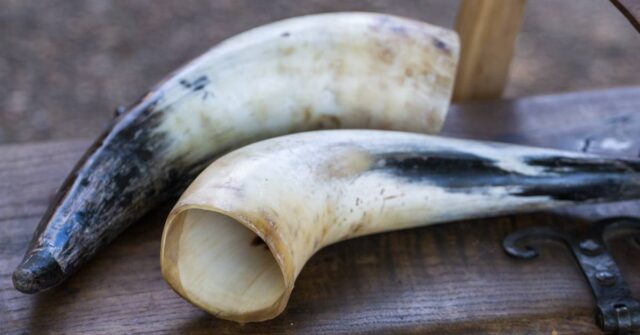
Energy Consumption in Manufacturing
Modern tools and machinery used in the production of drinking horns can be energy-intensive, especially when not powered by renewable sources.
This is a key area where improvements can contribute to more sustainable production.
Chemicals and Solvents Used
The use of chemicals in treating and decorating drinking horns can pose environmental hazards. Alternatives such as natural dyes and finishes are gaining popularity as safer options.
Sustainable Practices in Drinking Horn Production
In the niche market of drinking horn production, various sustainable practices are being implemented to minimize environmental impact. Here we explore some of the key approaches:
Ethical Sourcing: The majority of drinking horn manufacturers source horns from animals that have either died naturally or from existing meat production processes, ensuring no additional burden on wildlife.
Local Sourcing: Producers are also increasingly sourcing horns locally to reduce carbon emissions associated with transportation.
By utilizing horns from nearby farms, craftsmen can also ensure better traceability and ethical standards in material sourcing.
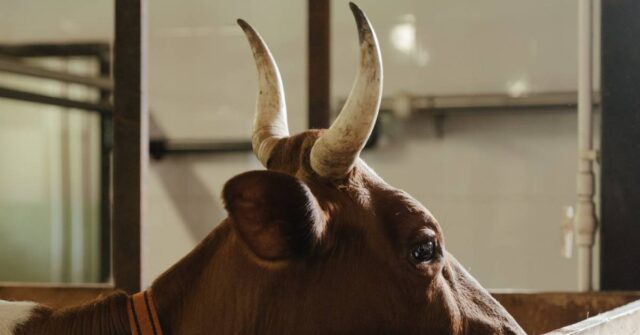
Energy Efficiency: Many workshops are transitioning to renewable energy sources such as solar or wind power to operate their equipment.
This shift not only reduces the carbon footprint but also aligns with global sustainability goals.
Water Conservation: Water is a critical resource in the cleaning and finishing processes of horn production.
Innovations in water recycling technologies allow producers to significantly decrease water usage, thereby reducing the strain on local water supplies.
Natural Finishing Products: Moving away from chemical sealants, more producers are embracing natural alternatives like beeswax or vegetable oils to finish drinking horns.
These substances are biodegradable and pose less risk to both the environment and human health.
Waste Management: Effective waste management practices are crucial in minimizing the environmental impact of horn production.
Many craftsmen are now implementing zero-waste policies, where all by-products are either reused in other products or responsibly disposed of.
Consumer Education: Producers are also taking active steps to educate consumers about the sustainability of their production methods.
Through transparency and engagement, they encourage consumers to make more informed choices that support environmental conservation.
These practices illustrate a commitment to sustainability that not only preserves the environment but also enhances the market appeal of drinking horns to environmentally conscious consumers.
Regulations and Certifications Promoting Sustainability
Environmental certifications and regulations are increasingly influencing the industry, encouraging producers to adopt greener practices and providing consumers with transparent choices.
Consumer Awareness and Responsibility
Consumer choices can greatly influence production practices; this section explores how informed decisions can lead to more sustainable outcomes.
How Consumers Can Make Environmentally Friendly Choices
Consumers play a crucial role by choosing products from sustainable sources and producers who practice responsible manufacturing.
Educating oneself about the origins and production practices can significantly impact sustainability.
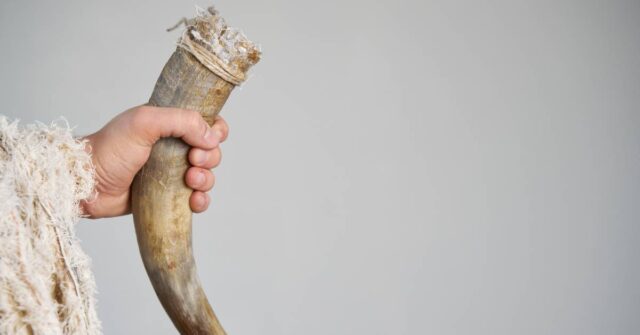
The Role of Education in Sustainable Consumption
Educational initiatives that inform consumers about the environmental impacts of their purchases can drive the demand for more sustainable products, thereby influencing production practices industry-wide.
Challenges and Opportunities for Improvement
While sustainable practices are ideal, numerous challenges hinder their widespread implementation. Here, we discuss these barriers and the opportunities for overcoming them.
Barriers to Sustainable Production
Challenges such as economic constraints, lack of technology access, and regulatory hurdles can impede the adoption of sustainable practices in drinking horn production.
Future Trends in Eco-Friendly Practices
Emerging trends, such as the circular economy and zero-waste production, are set to play significant roles in shaping the future of environmentally friendly drinking horn manufacturing.
Conclusion
As we conclude our exploration of the environmental impact of drinking horn production, we summarize the key insights gathered and propose actionable steps for all stakeholders involved.
Summary of Findings
This exploration highlights the multifaceted environmental impacts of drinking horn production, demonstrating both the challenges and potential for sustainable practice.
Call to Action for Stakeholders
It is crucial for all stakeholders, from producers to consumers, to work collaboratively towards sustainable solutions that preserve both our heritage and our planet.
